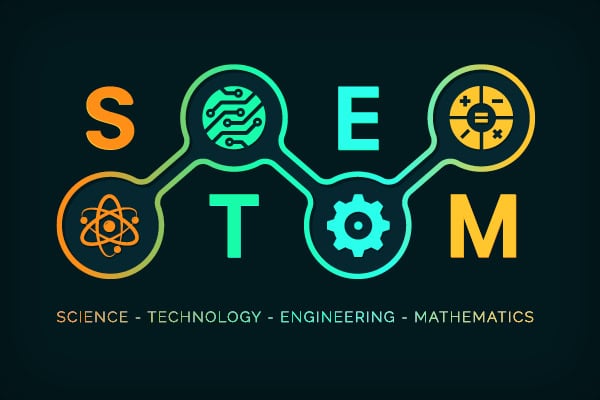Systemic change is needed in today’s education system for major improvements in STEM education for students, according to an article in eSchool News.
Federal agencies, states and school districts should increase use of innovations that can improve STEM education from pre-K through high school, according to a new congressionally-mandated report from the National Academies of Sciences, Engineering and Medicine.
More than 50 successful evidence-based education innovations across the U.S. are included in the report. They include a program to help pre-K students develop informal mathematical knowledge and skills; a portal for educators to access educational materials on climate and energy topics; and a program that helps middle school and high school students learn to code by creating original music remixes.
Innovations are more likely to scale if they have key characteristics, such as a strong, clearly articulated core program with room for adaptation to different contexts and learners; and professional learning to build the capacities of individuals or organizations to implement the innovation.
There are factors that can constrain innovations’ ability to scale, according to the report. For example, programs may be developed in ways that do not account for variations in educational contexts. There is a disconnect between the context where the innovation was developed and the context where it would need to be implemented. Collaboration across multiple sites and iterative cycles of design across time can be a model, the report says.
It is unclear whether assembling various discrete, innovative programs will deliver major improvements in student outcomes, the report says. More robust, systemic change is needed.
Actions are needed to: 1) build the capacity of educators to implement innovations; 2) enhance the research infrastructure for developing innovations that are scalable and sustainable; 3) develop methods to support systemic and continuous improvement; and 4) to understand how to monitor progress.
Among specific recommendations:
- The National Science Foundation should develop a new generation of systemic initiatives for pre-K to grade 12 STEM education. The objective: build infrastructure, capacity and expertise to reap promising evidence-based innovations, prepare innovations for wider implementation in new settings and fund support organizations to organize the resources and systems needed to carry out implementations in schools.
- The U.S. Department of Education should allocate funding for teacher professional learning and development in all STEM disciplines. This includes science, technology, engineering, mathematics, computer science, data science and other emerging STEM-focused subjects.
- School and district leaders should use a continuous improvement framework. Keys are emphasizing iterative assessment and refining strategies to meet the evolving educational landscape. Ongoing relevancy requires a cycle of planning, implementing, evaluating and adjusting with engaged individuals.
- State and district partners should develop data systems to capture information about opportunities to learn. Key issues include time for instruction, allocation of resources and funding, access to and enrollment in innovations and progress toward a highly qualified, robust STEM teacher workforce.
- Leaders of local and regional K-12 systems should strengthen learning opportunities in STEM education for key players in the STEM education learning ecosystem, such as teachers, school/district leaders, school board leaders, teacher educators, professional development providers, universities and colleges, museums, nonprofits and families. Building relational connections among communities and sharing knowledge is essential.
eSchool News





